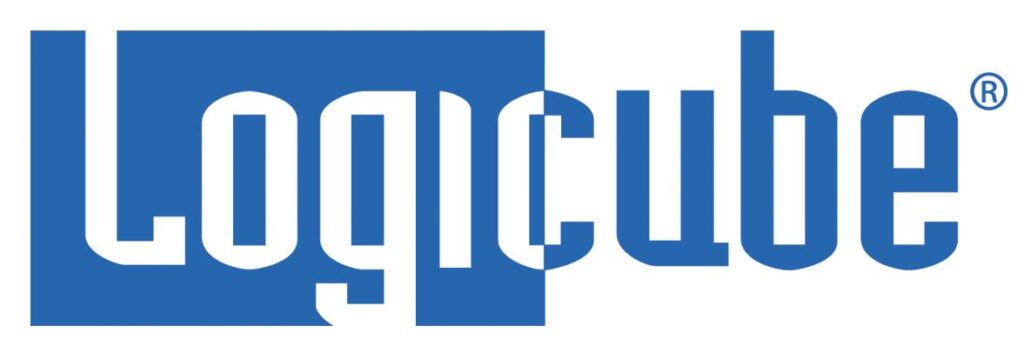The RSA Security Conference starts next week in San Francisco: the central event of a week-long orgy of IT security wheeling and dealing in the Bay Area. Though its roots are as a small and clubby gathering of cryptographers, RSA long ago stopped being that, and started resembling a kind of speed dating event for technology and IT security firms. Sure – there are plenty of interesting talks at RSA, but the important work takes place in private suites of adjoining hotels and chance encounters in the halls of the Moscone. If there’s a big IT security deal in the offing – like IBM’s $1 billion acquisition of Trusteer, or FireEye’s purchase of the firm Mandiant – chances are good that the conversation started at RSA. Long and short: RSA is a snapshot of the security industry at a particular place and time. As such, it tends to be a […]
Recent Posts
Update – Virtual Vandalism: Firm Warns Of Connected Home Security Holes
[This story was updated to include response from Belkin describing its response to the vulnerabilities identified by IOActive, including firmware updates. – PFR Feb 19, 2014] A researcher with the respected security firm IOActive says that he has found a number of serious security holes in home automation products from the firm Belkin that could allow remote attackers to use Belkin’s WeMo devices to virtually vandalize connected homes or as a stepping stone to other computers connected on a home network. In a statement released on Tuesday, IOActive researcher Mike Davis said that his research into Belkin’s WeMo technology found the “devices expose users to several potentially costly threats, from home fires with possible tragic consequences down to the simple waste of electricity.” IOActive provided information on Davis’s research to the US Computer Emergency Readiness Team (CERT), which issued an advisory on the WeMo issues on Tuesday. Belkin did not […]
Snowden RSA Controversy Just One Of Many Facing Security Industry
In a little more than a week, executives from world’s leading technology firms will gather in San Francisco for the RSA Conference, the cyber security industry’s biggest show in North America. No hacker con, RSA is something akin to corporate speed dating for companies in the security industry. But, like so much else in the technology world, this year’s conference has become mired in controversy stemming from Edward Snowden’s leak of classified documents related to government surveillance. In December, Reuters broke the story that, among the documents leaked by Snowden was evidence that RSA, the security division of EMC and parent company to the conference, accepted a $10m payment from the NSA to implement what turned out to be a vulnerable encryption algorithm as the default option for its BSafe endpoint protection product. RSA, the security division of EMC, has denied the allegations that it accepted the money while knowing that […]
Vulnerability Undermines WordPress Two-Factor Plugins
The firm Duo Security* said that it has discovered a vulnerability that affects a range of two-factor authentication plugins for the WordPress content management platform. The vulnerability could allow a malicious insider to use credentials for one WordPress site to log into a different site that is part of a ‘multi-site’ WordPress deployment without needing to pass a multi-factor authentication test. In a blog post on Thursday, DUO co-founder and CTO Jon Oberheide said that the vulnerability was discovered as part of an internal review of DUO’s two factor WordPress plugin, but that researchers realized it affects at least two other multi-factor plugins. DUO issued a warning to users of its plugin. The company also reached out to WordPress and to the publishers of other multi factor authentication plugins to address the issue, Oberheide wrote. DUO makes multi-factor authentication technology that allows users to log-in using a combination of username, […]
Veterans Targeted In Attack Using IE 10 Zero Day
Visitors to the web site of the Veterans of Foreign Wars (VFW) are being targeted in an attack that exploits a previously unknown hole in Microsoft’s Internet Explorer 10 web browser, according to warnings Thursday by security firms. Some visitors to the web site of the Veterans of Foreign Wars (VFW), vfw[dot]org, were the victim of a ‘watering hole’ attack that takes advantage of a previously unknown ‘use-after-free’ vulnerability in Microsoft’s Internet Explorer 10 web browser. The VFW site was hacked and then altered to redirect users, silently, to a malicious website programmed to exploit vulnerable versions of IE 10 on systems running 32 bit versions of the Windows operating system. The VFW did not immediately respond to e-mail and phone requests for comment. According to a write-up by the security firm FireEye, the vulnerability allows the attacker to “modify one byte of memory at an arbitrary address” stored […]






